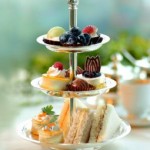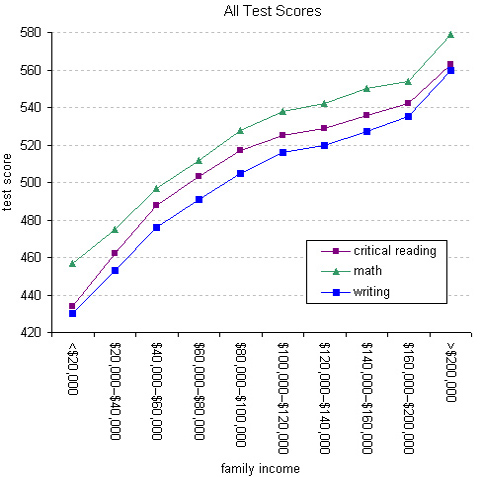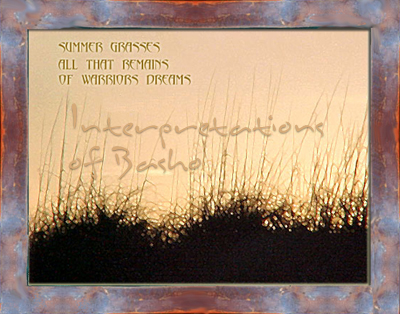 A couple of times a year, I get to see my best friend. She lives in Oregon, I’m in Oklahoma. It’s a long time between visits. But each time we get together, it’s kind of a refresher course in Buddhism (really — bear with me here).
A couple of times a year, I get to see my best friend. She lives in Oregon, I’m in Oklahoma. It’s a long time between visits. But each time we get together, it’s kind of a refresher course in Buddhism (really — bear with me here).
What’s important in our lives? Is it what we do at work? Sometimes — certainly teaching is important in mine. And Buddhism tells us that right livelihood is part of the Eightfold Path. So it’s important enough to merit specific mention.
But in my life, my work is no longer what defines me. Remember me? I’m separating amicably :). Increasingly, what’s important to me is the moment — whatever that may hold. I’m trying to build a more mindful presence
When I visit my best friend, we sit. Like good Buddhists do 🙂 We sit in front of her living room window, looking out over the valley. We practice tonglen both together and apart, breathing for each other’s dark places.
And we have tea ~ sharing the bliss of absolutely-in-the-moment mindfulness. Choosing that day’s tea, watching as it steeps I don’t change much, choosing Keemun. She tries something new every time, today something with fruit. There is the ritual so many women (and men) have found comfort in these many many years: scones and layered sandwiches and a tiny shepherd’s pie. Then tarts and lemon curd and the privileged decadence of decadence of macarons. But it only works if you’re mindful — if you allow the dy’s disappointments, the week’s fatigue, to ride the tea’s steam elsewhere. If you take residence in this moment, pouring amber tea into flowered cups, biting through the sugar crystals on the crust of a scone. Laughing at your best friend (who might be your own sweet self…).
There is history in each of the tiers of plates. As there is history in the contemplation of tea, in the raking of white sand, in the several ways we marry life and practice. It’s what I remember when I swim in the immediacy of being with those I love. What I take with me instead of goodbye. It’s a good lesson — each time I re-learn it — for this beginner’s heart.

